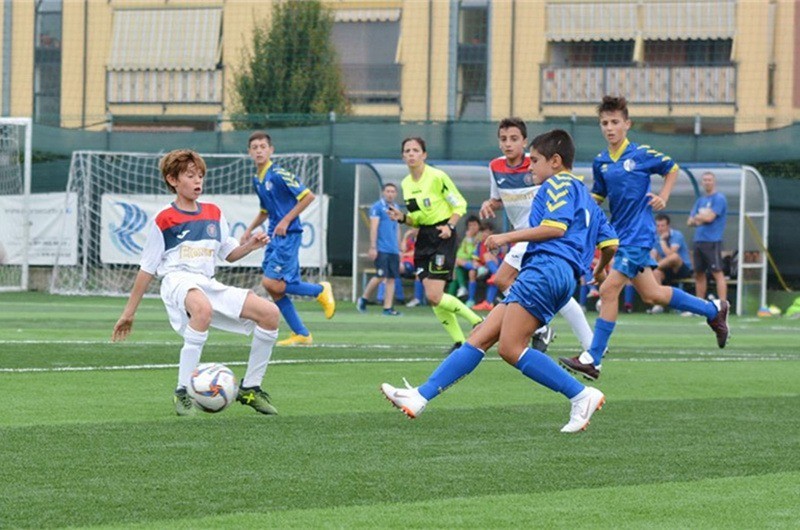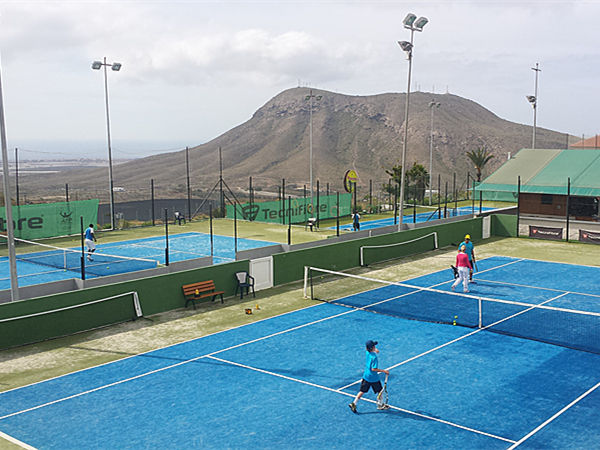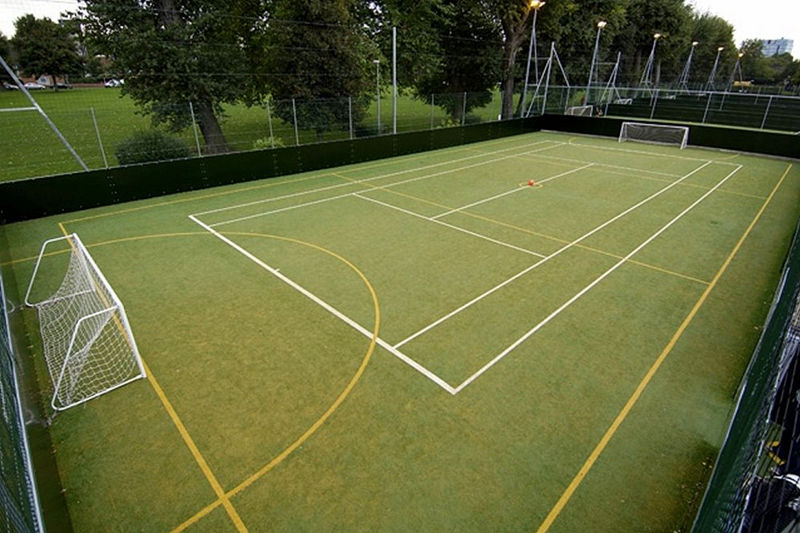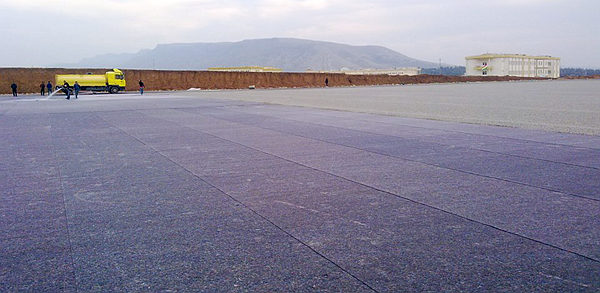Preparing a solid and stable sub-base is crucial for the installation of artificial grass on football fields. This article outlines the fundamental principles that should be followed to ensure a well-built foundation. From stability and surface evenness to drainage considerations, each aspect plays a vital role in creating an optimal playing surface. Additionally, various types of sub-bases are discussed to provide a comprehensive understanding of the options available.
Table of Contents
Basic Principles
Stability:
The sub-base must establish a robust foundation capable of withstanding the rigorous demands of football. Adequate compaction of the sub-base material is vital to ensure long-term stability and prevent settling over time.
Flat and Even Surface:
Creating a flat and even surface is essential to promote consistent playability and minimize any potential risks for players. Precision grading techniques, such as laser leveling, should be employed to achieve a smooth playing surface devoid of unevenness or undulations.
Effective Drainage:
To maintain optimal playing conditions, proper drainage is paramount. The sub-base should be designed to facilitate efficient water drainage away from the surface. This can be achieved through the use of permeable sub-base materials, incorporation of drainage channels or pipes, or ensuring appropriate slope and pitch of the field.
Frost Protection:
In areas susceptible to frost, precautions must be taken to prevent damage to the sub-base. Frost can cause material expansion, leading to unevenness and potential harm to the artificial grass. Proper sub-base design, insulation, or the addition of a frost protection layer can help prevent frost-related issues.
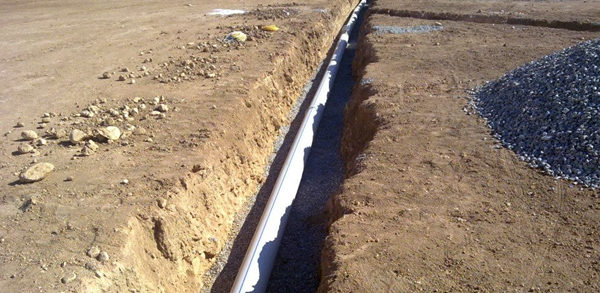
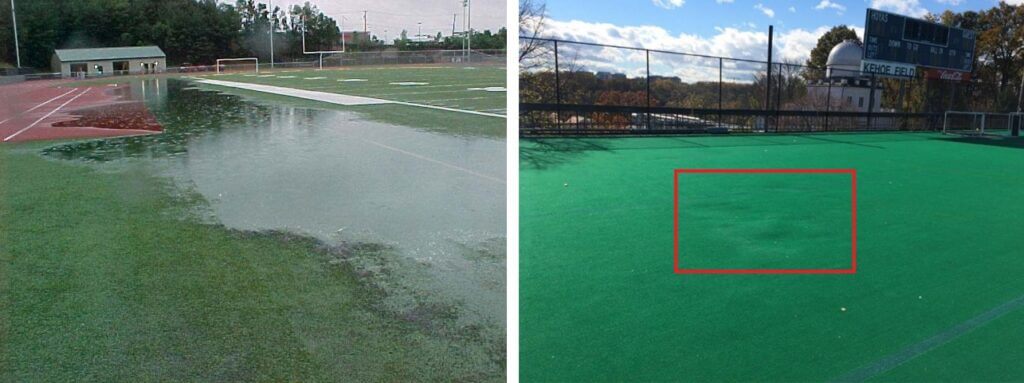
Different Types of Sub-bases:
Engineered Aggregate Base:
An engineered aggregate base is a popular choice for football artificial grass installations. Typically comprised of compacted crushed stone, such as granite or limestone, this sub-base provides stability and durability. It facilitates good drainage capabilities and forms a solid foundation for the artificial turf.
Dynamic Base System:
The dynamic base system offers a unique sub-base design that combines performance and durability. It incorporates crushed stone, angular aggregate, and specially engineered materials. This design enhances shock absorption, reduces injury risks, and improves overall playability on the field.
Geo-Textile Sub-Base:
The geo-textile sub-base is a cost-effective option suitable for football artificial grass installations with good soil conditions and moderate usage. It involves the use of a geo-textile fabric as a separation layer between the subsoil and aggregate layer. This fabric stabilizes the sub-base, prevents fines migration, and improves drainage.
Permeable Asphalt Base:
Ideal for areas with high rainfall or poor soil drainage conditions, the permeable asphalt base is a specialized sub-base option. It utilizes porous asphalt as the base layer, allowing efficient water permeation and drainage.
Conclusion:
A well-prepared sub-base is fundamental for the successful installation of artificial grass on football fields. By adhering to the principles of stability, surface evenness, effective drainage, and frost protection, optimal playing conditions can be achieved. Understanding the different types of sub-bases available empowers field owners to make informed decisions based on their specific requirements.
Recommended further reading:
Guidelines for Synthetic Turf Base Systems – By&Copyright belongs to Synthetic Turf Council
Preparation of a Sub-base for a Football Turf System – By&Copyright belongs to FIFA

